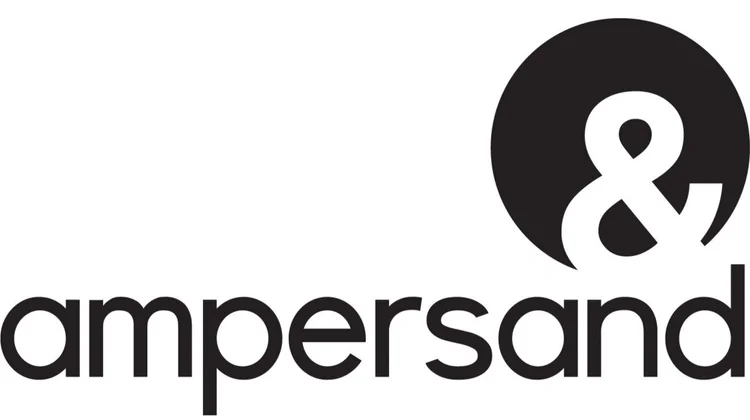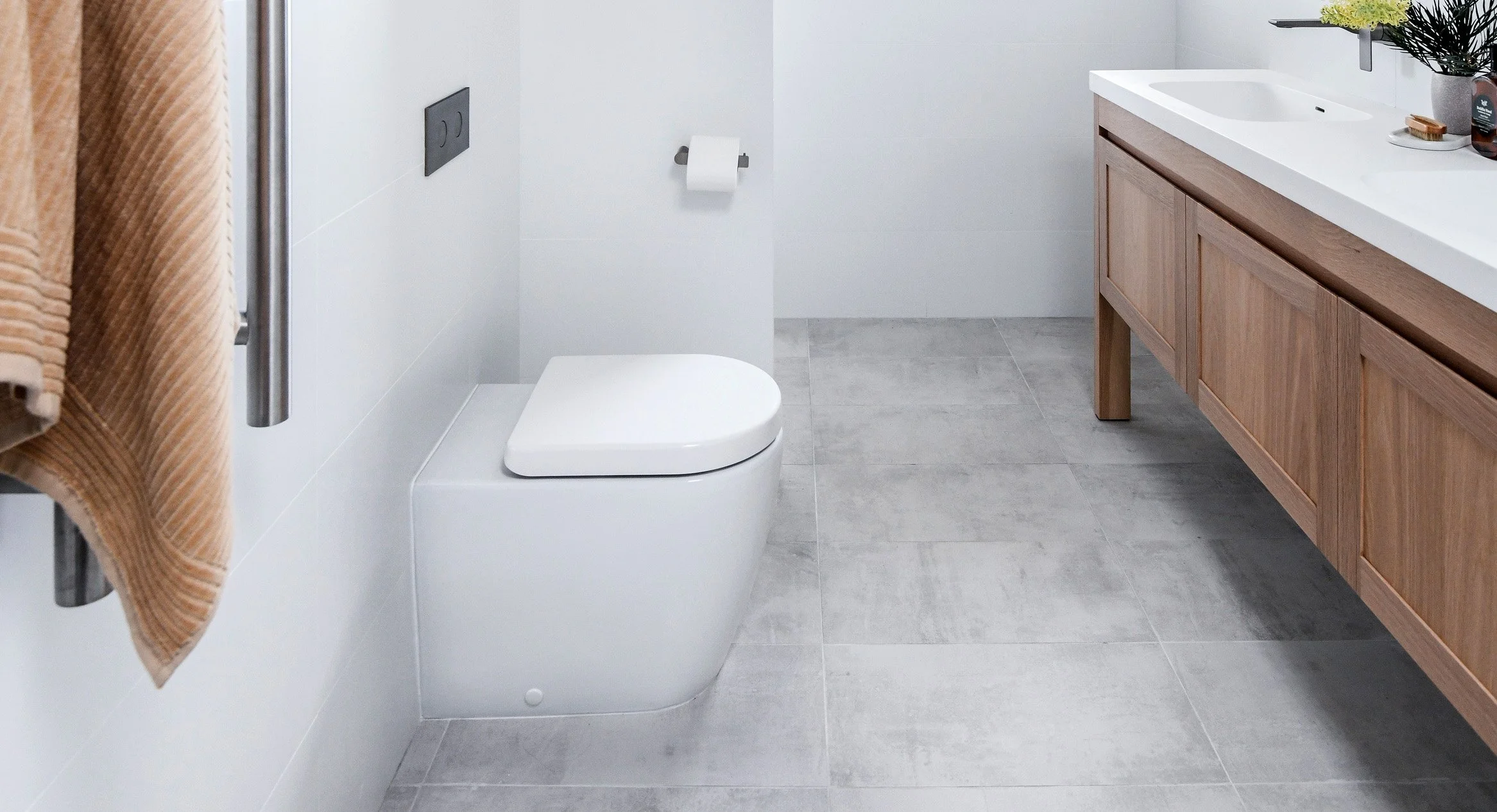It’s not the most sexy topic, but everyone needs toilets in their house so I’m going to help you with information. There are many types of toilets. Each brand has different styles, colours and of course, price points. I’m going to run you through the five main types. As always, it helps to talk to your bathroom supplier about the variations so you know what you are getting. I have listed these in order of expense: from the most cost-effective to the most expensive.
Close-Coupled
Not the best looker, and hard to clean all the nooks and crannies
Not the most good looking toilets, but definitely the cheapest option. They are called ‘close coupled’ because the pan and the cistern are ‘closely coupled’ together. But don’t let this mislead you: just because they are close doesn’t mean they look good.
Because the waste pipe goes into the ground, these types of toilets have a gap between the toilet and the wall. Which means you’ll have to clean in this gap, and the other nooks and crannies – something you want to avoid if you can. The only reason I’d choose a close-coupled toilet is if budget was really tight, because they are inexpensive and easy to install.
Back to Wall Toilet
Sits against the wall so you don’t have to clean behind
The cistern and the pan sit flush, right up against the wall. Back to wall toilets have become one of the most popular styles because they are streamlined and compact. The back-to-wall design means there is no gap behind the toilet, so no dust collects between the toilet and the wall. Much easier to clean. They look smart and modern but come with a larger price tag.
Concealed Cistern
Having the cistern in the wall saves a lot of space
The cistern (the flushing part that collects the water) is hidden in the wall behind the toilet. This means you can’t see see it, which looks much neater. The internal parts of the cistern are accessed through larger flush buttons on the wall, while the toilet pan can be mounted on the floor or the wall.
This is a great option for smaller bathrooms because the overall footprint of the toilet is much smaller. It doesn’t jut out into the space as much because part is hidden in the wall. Because of this, you need to talk to your builder early in your renovation so he can put in the framing to allow the cistern to go in the wall. This usually requires a cavity wall (a double brick wall with a gap between the bricks) so in some spaces this isn’t possible.
Concealed cisterns aren’t that much more expensive to buy, but installation is trickier, which adds to the cost. You also have to make sure you buy all the parts because they come separately – cistern, pan, and flush plate.
Wall Hung
So neat and tidy hovering off the floor
The nicest, most stream-lined look, but also the most expensive. Instead of the toilet sitting on the floor, the pan comes out of the wall and your hidden cistern is in the wall behind. Sometimes called a floating pan because the pan is not touching the floor – it is ‘floating’ above it.
This is the most expensive option, because there is more labour involved. It’s particularly important to talk to your builder early about this because the wall needs to not only have enough space to hide the cistern, but it needs to be strong enough to hold the weight of the floating pan and the person sitting on it!
Rimless
Never have to clean under the gunky rim again!
You know how a traditional toilet has a rim that the water flows down from? That gunky part where you used to poke the toilet duck? In a rimless toilet, this rim is not there.
This is a relatively new advancement in toilet design. Instead of water flushing down, a rimless toilet shoots water towards the edge and around the toilet bowl leaving no spots missed. They are more hygienic and easier to clean, which is certainly appealing. Often a few hundred dollars more expensive but many people think this is worth it for the advantages. All the toilet styles I have talked about have rimless options.
Extra Tips
Toilets are available in many different styles and designs to suit most modern homes. They have many different features, including new flushing technologies, soft-close toilet seats, and antimicrobial surfaces.
Always choose soft-close seats and lids. They make life so much easier, especially in family homes. You’ll thank me later!
Look for a Geberit flushing mechanism. They are the best quality, very durable, with a lifetime guarantee. Many toilets automatically come with this, but a lot of the cheaper toilets do not, so it’s worth checking.
You can get toilets that have seats higher than standard. This is great for taller families.
Some toilets have quick-release seats for easier cleaning.
There are lots of different ‘fancy’ features available, like bidets, seat warmers, electronic soft-close, etc. But these aren’t very common in Australia and they usually cost a bomb, so unless you have very specific requirements, you can steer clear.






